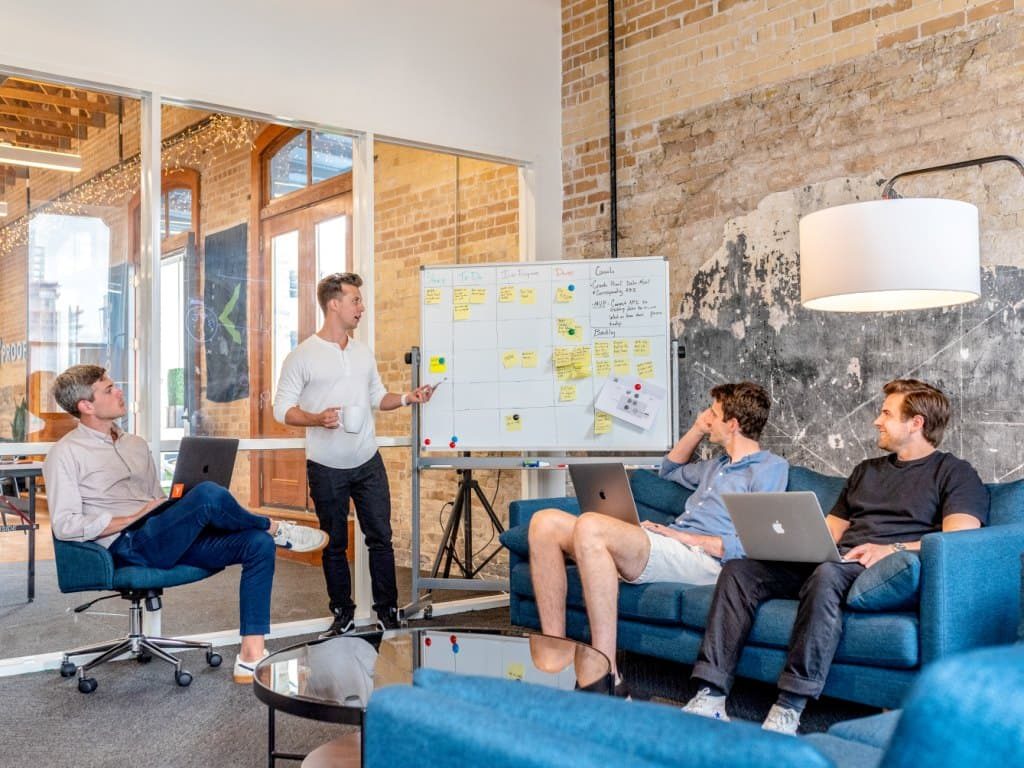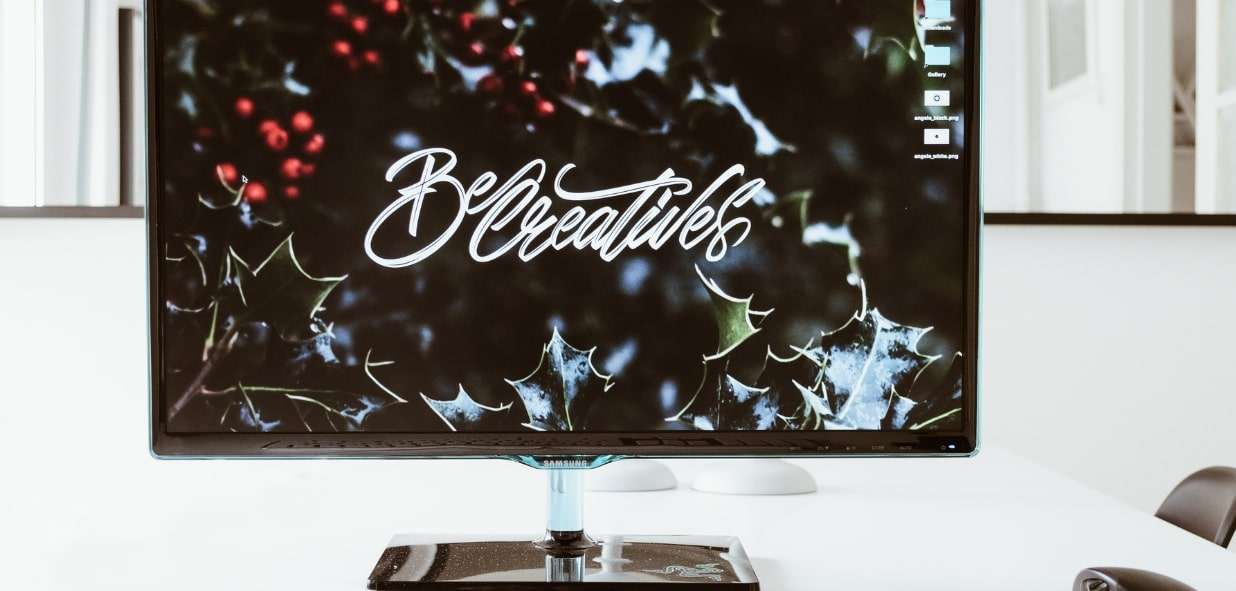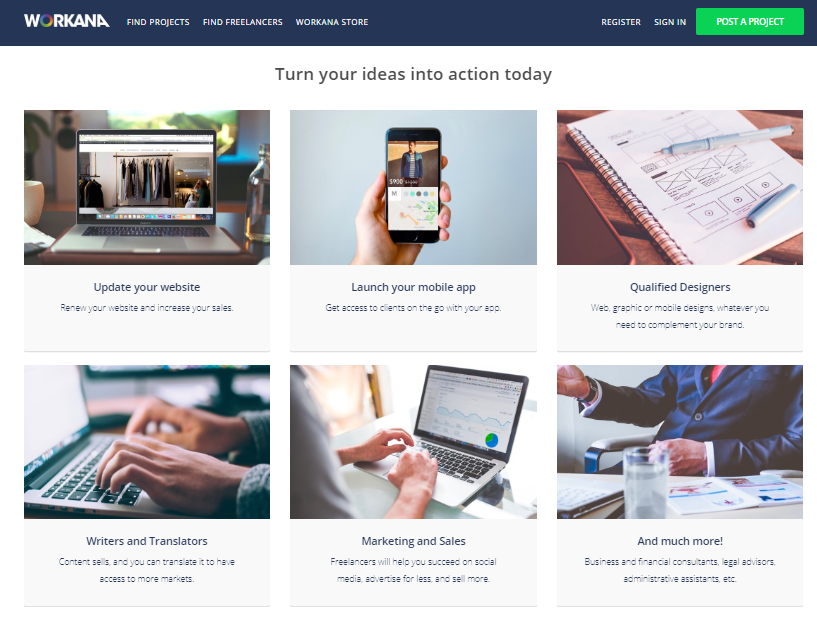You work with the ideal team, feel that you have the necessary motivation, the objectives you pursue are real and you even have a perfect space. But the work doesn’t flow how you’d like. Has this happened to you?
It’s more common thank you think! If that happens, it’s very likely that you’re not yet working in the so-called “flow state”.
According to the psychologist Mihaly Csikszentmihalyi: “A state in which one feels completely absorbed and immersed in an activity that provides pleasure and enjoyment”.
On average, we spend about a third of our life working. Wow! That’s a lot of time, right?
This makes it important for us to obtain a work experience as pleasant as possible. For this, it’s very important to know what type of organization we’re working in. We usually talk about two types: Healthy and toxic ones.
How do we tell the difference?
Healthy organizations, unlike toxic ones, are those that invest in collaborative, systematic, and intentional efforts with the purpose of maximizing the well-being of employees and productivity, creating well-designed spaces with equal and accessible opportunities. This type of organization takes into account aspects such as stress and the promotion of occupational health.

In the last few years we’ve heard the term engagement a lot, which refers to a positive affective state characterized by high levels of energy and mental activation in the workplace.
However, flow is different than engagement being that it’s a more punctual process related to concrete characteristics or work duties. When a person works with flow, he or she feels motivated and able to perform a concrete activity that is also challenging. In this context, the worker remains totally concentrated, strives to the fullest, developing all of his or her potential to perform the task with the best result, and overall, feeling in control of the situation.
Ok, so now…
What tools do we use to reach the status of Flow?

- The activity to be carried out must have a clear goal as to what is expected as a final result and we must have some ability to perform it. If we are not musicians or we don’t like music, we won’t be able to achieve the state of flow, on the contrary, we would enter into a state of anxiety and possible frustration.
- The task must be active and attractive. We already know what we’re going to do, now we just have to balance compromise with pleasure so the brain can go into “autopilot mode”, enjoying even the possible difficulties.
- Always pursue partial and final objectives and start from parameters that will help us achieve success, they will also indicate progress and the quality of our task.
- Motivation plays a fundamental role. For example, if we work for a company in exchange for a salary, we will enter a state of flow as long as we are doing something that we like and that satisfies us.
We need more dopamine in our brains. Although it may sound weird, we must generate it.
How and why?
Surely you’ve heard of the famous feedback and it’s not by accident. It’s a more than important tool to achieve a good workflow.
Feedback has two key functions. One, it helps us to know immediately if we should continue doing the task in the same way, or if we should look for a better alternative. Second, it catches and hooks us. Positive feedback produces dopamine in our brain, and when we experience this, we crave more “micro-rewards” for which we’ll continue performing actions that will provide us with more positive feedback.
To summarize, feedback helps people work more efficiently, on their own, with more creativity. But beware! Self-motivation is necessary, don’t forget about that.

In conclusion, we can say that if we really worry about workers and internal clients, we’ll have greater practical effectiveness, positive feedback and therefore great business success.
These types of companies are usually examples to follow for others, since many people would like to work for them. Here is where flow has the most weight: working in this state means moving one step further to create a healthy and positive environment for its workers, allowing them to create a relationship between professional growth, creative breadth, and the enjoyment of their tasks.
In the end it’s not that hard, right? It’s about letting go and empowering our capabilities. As a result, we’ll have workers that are really dedicated to their tasks, that seek to develop their entire potential, and that will want more and greater challenges. We will be able to have satisfied and happy workers!
—
You might also be interested in:





